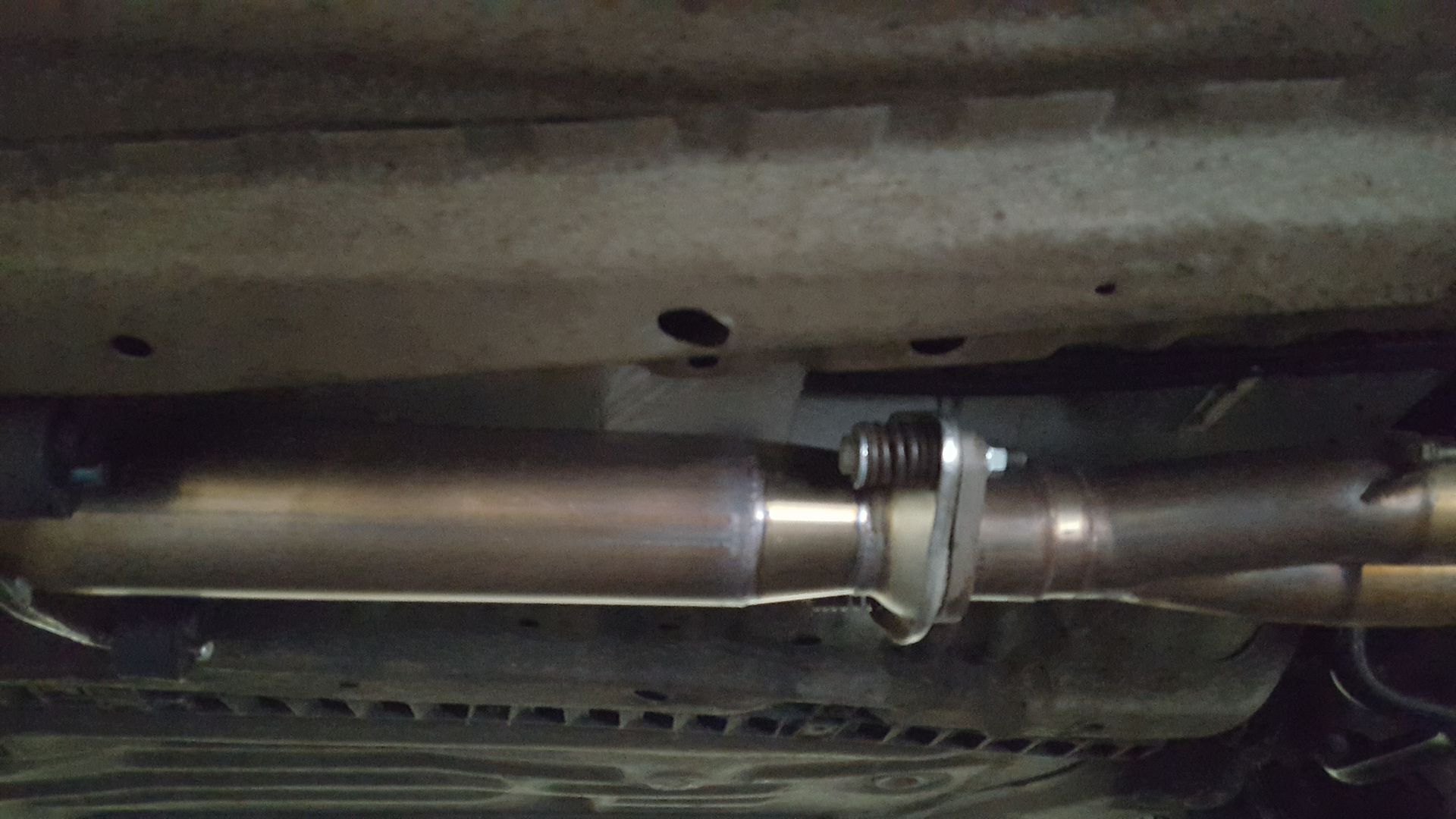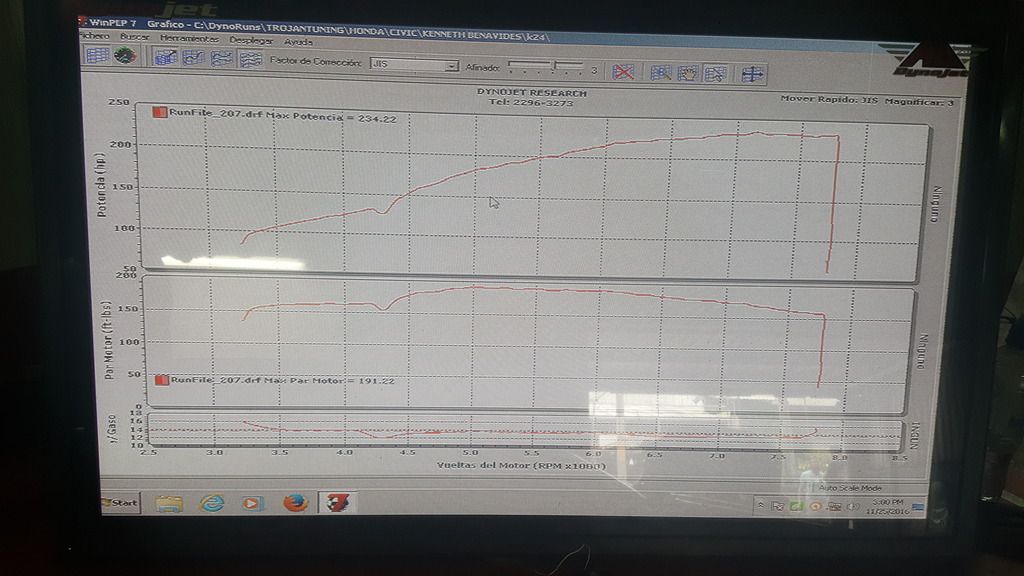The point of this thread is to compare dyno tuned charts to compare low, mid and top end gains to benefit helping us all understand where power was made and using what mods.
if you would like to share tuned calibrations to benefit others understand what different settings affect different motors. just to clear things up no 2 motors are alike and calibrations should not be used without tweaking to your specific setup.
needed mods list:
Motor: k24a2, k20a2, a2, a3 ..etc
Header: DTR 4-2-1, hasport, toda ...
Cams: stock, itr, ips, crower, toda ...
Intake: if custom then especify
exhaust: all details and size from header back
Tranny: specify which and FD
Misc Mods: TB Boring, IMG..etc
Track info: 60ft / 1/4mile times if available, especifying vehicle chassis, weight and tires used.
PLEASE POST DYNO CHART IF POSSIBLE!
if you would like to share tuned calibrations to benefit others understand what different settings affect different motors. just to clear things up no 2 motors are alike and calibrations should not be used without tweaking to your specific setup.
needed mods list:
Motor: k24a2, k20a2, a2, a3 ..etc
Header: DTR 4-2-1, hasport, toda ...
Cams: stock, itr, ips, crower, toda ...
Intake: if custom then especify
exhaust: all details and size from header back
Tranny: specify which and FD
Misc Mods: TB Boring, IMG..etc
Track info: 60ft / 1/4mile times if available, especifying vehicle chassis, weight and tires used.
PLEASE POST DYNO CHART IF POSSIBLE!















